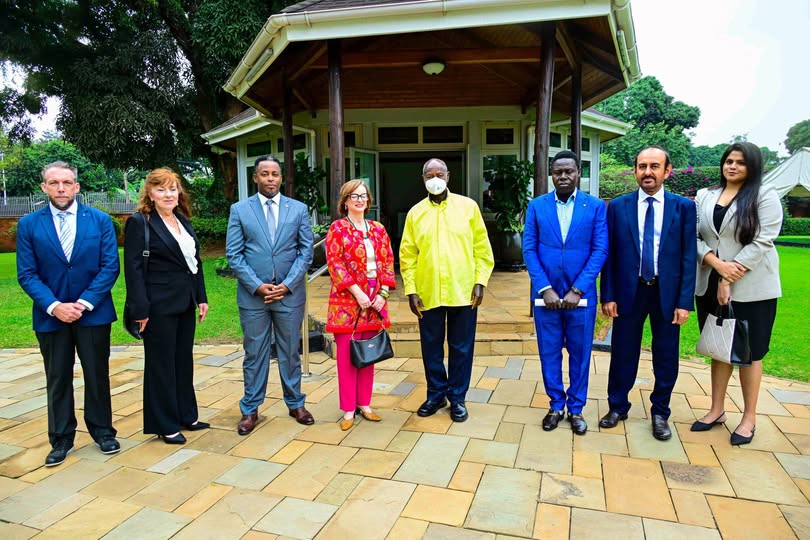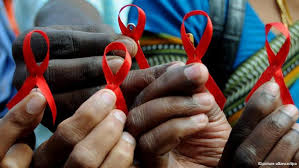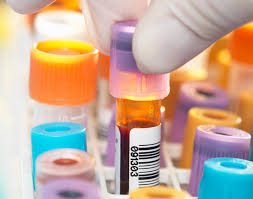Kampala, Uganda — In the heart of Kampala’s bustling Nakasero neighborhood, a quiet revolution in global health is taking shape. President Yoweri Kaguta Museveni recently welcomed a team of American researchers who have partnered with Ugandan scientists to unlock the healing secrets hidden within the nation’s rich biodiversity.
Their mission? To develop groundbreaking treatments for cancer and diabetes using indigenous plants—a bold fusion of traditional knowledge and cutting-edge science.
Uganda’s forests and savannas are more than scenic backdrops—they’re living pharmacies. For generations, local communities have harnessed plants for healing, crafting remedies long before modern medicine reached their villages. Today, those same plants could provide compounds to fight some of humanity’s deadliest diseases.
With rising global cases of cancer and diabetes, the world is desperate for solutions that are affordable, effective, and sustainable. Uganda offers all three: abundant natural resources, an established culture of herbal medicine, and a growing biotech sector ready to scale discoveries.
The American delegation, composed of specialists in pharmacognosy, oncology, and molecular biology, is collaborating with Ugandan researchers at Nakasero. Their work focuses on extracting bioactive compounds from plants that have shown promise in inhibiting tumor growth and regulating blood sugar levels.
President Museveni emphasized the importance of homegrown innovation, stating:
“I welcome our American partners. But this is also a call for Africans to value and invest in our indigenous knowledge. The answers to the world’s biggest health challenges may be growing right here, under our feet.”
Beyond health, this partnership could position Uganda as a global hub for medicinal plant research—a billion-dollar industry. By developing treatments locally, Uganda stands to gain not only in terms of public health but also jobs, exports, and intellectual property rights.
This could be the start of a biotech revolution where Ugandan forests rival Silicon Valley for innovation—only greener.
If successful, this collaboration could deliver affordable cancer and diabetes treatments, accessible not just to wealthy nations but to patients across Africa and beyond.
It’s a vision where the fight against non-communicable diseases isn’t led only in high-tech labs abroad, but rooted in the wisdom of Africa’s soil.
As the researchers exchange ideas at Nakasero, the question lingers: Could Uganda’s plants hold the cure the world has been waiting for?



